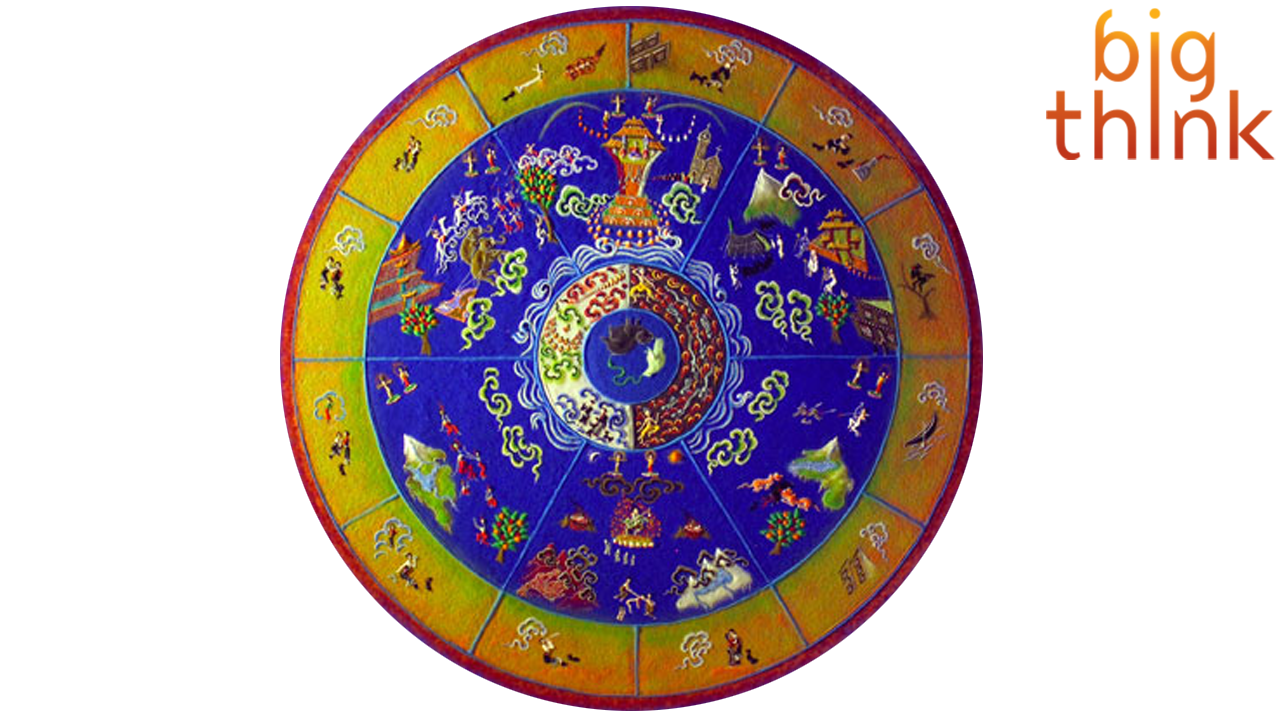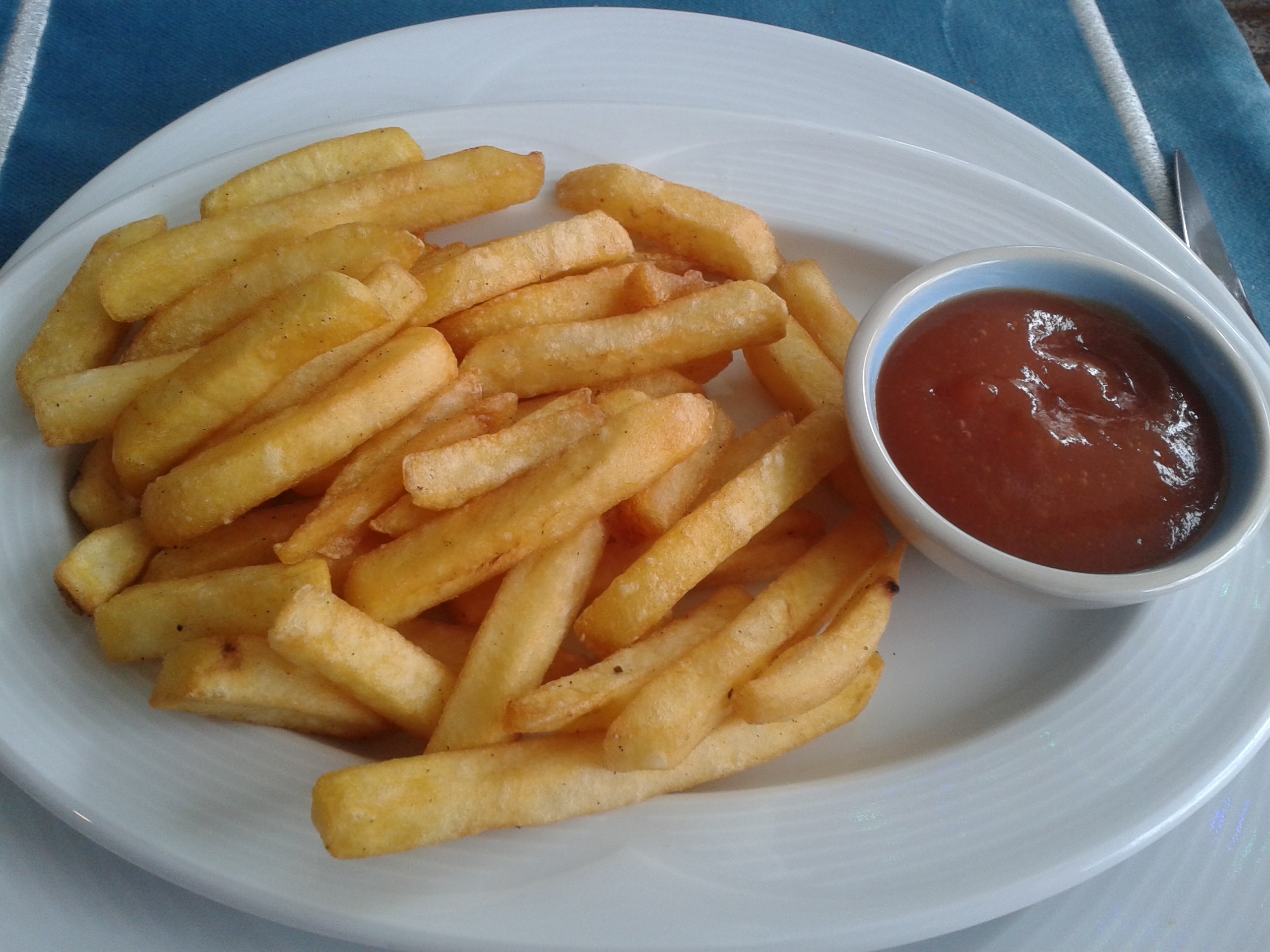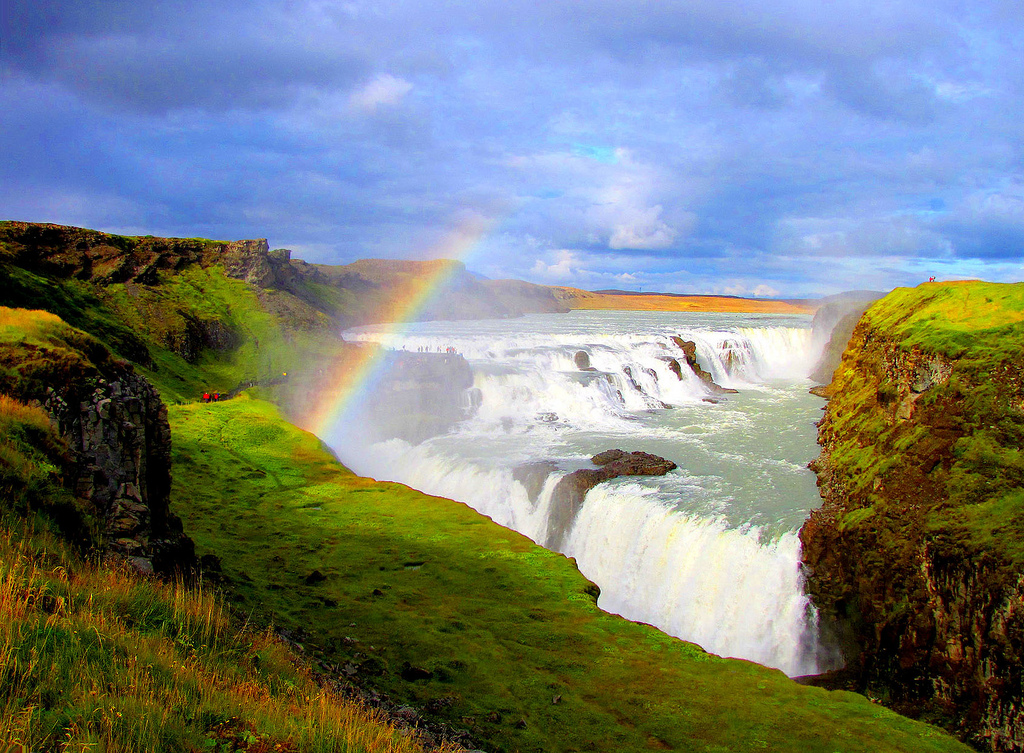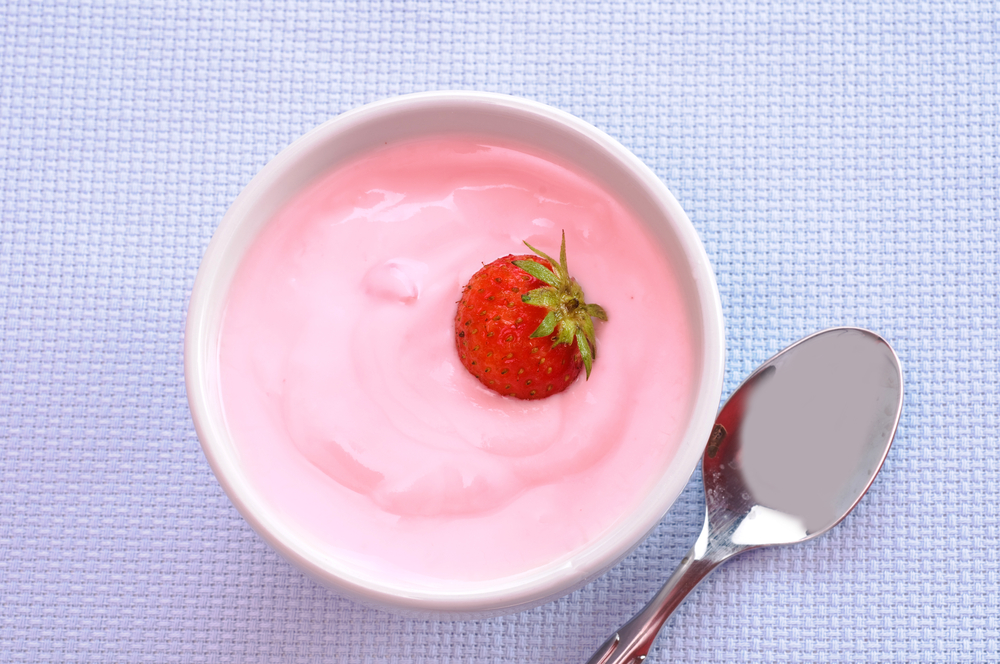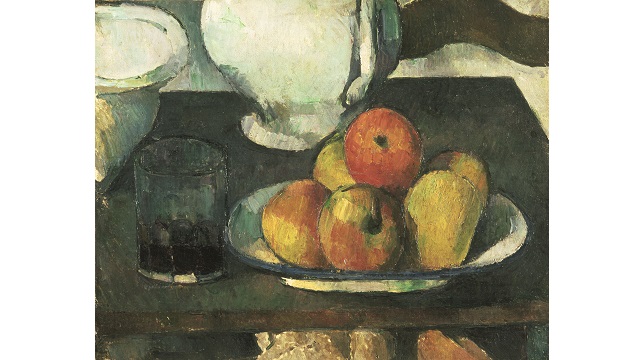Either there’s an unseen source of mass, or the laws of gravity are wrong. But only one can explain what we see. “The discrepancy between what was expected and what […]
Search Results
You searched for: color
How one artist is transforming the modern metropolis into Tolkien-style middle Earth masterpieces. Image credit: Stentor Danielson, via his Tumblr blog, Mapsbergh. “Fantasy is silver and scarlet, indigo and azure, […]
Losang Samten escaped Tibet in 1959, when he was only five years old. After growing up in India, he came to the United States in 1988, and shared the teachings […]
It’s how the big kids use the Internet of things that can really affect global trends like machine efficiency standards, corporate profits, and the advance of computer technology.
When IBM Chief Accessibility Officer Frances West sat down at a recent screening of “Gone Girl,” she immediately realized that something was wrong. In the opening credits, there were “names […]
A hybrid potato that can reduce food waste and eliminate a suspected carcinogen in cooked potato products would seem to be an environmentalist’s dream. But the hybrid was created using biotechnology to blend potato genes from different varieties, so opponents of genetically modified food are fighting to keep this potentially beneficial product from ever reaching consumers.
On October 3, 1948, at 3:50 pm, Peter Blume finished his epic painting, years in the making, titled The Rock (shown above). “After a turbulent decade in which Peter Blume embarked on false starts, endured debilitating anxiety, experienced self-doubt, and found his faith in the creative process renewed,” Robert Cozzolino writes in the catalog to the new exhibition Peter Blume: Nature and Metamorphosis, finishing The Rock must have been a great relief. Blume recorded that date and time the way many record the birth of their children, for The Rock was his precious baby, but completing it marked a rebirth of sorts for Blume as a different kind of artist. Shaped by political and artistic currents of the first half of the 20th century, Blume emerges as a difficult to categorize artist, but also as a fascinating visionary who struggled to paint a personal reality clinging to the foundation of hope.
It might not sound impressive, but the physics behind it — and the power of its applications — are literally world-changing. Image credit: Orphek LEDs, via http://orphek.com/about/aquarium-led-lighting/. “Everyone must leave something behind when he […]
The top 10 pictures from a Russian cosmonaut you’ve never heard of. Image credit: NASA, Space Shuttle Atlantis, during mission STS-132. “We came all this way to explore the Moon, […]
Do you know all of them, and what makes them so bright? Image credit: source unknown, but it contains #7 and #9 on the list, via http://st.gdefon.com/wallpapers_original/wallpapers/428170_orion_yupiter_betelgejze_rigel_aldebaran_pleyady_y_7408x4602_(www.GdeFon.ru).jpg. “I’m hungry for […]
If Mona Lisa is the smile, Madame Cézanne is the scowl. Hortense Fiquet, Paul Cézanne’s model turned mistress turned mother of his child turned metaphorical millstone around his neck, endures as a standard art history punch line—the muse whose misery won immortality through the many masterpiece portraits done of her. Or at least that’s how the joke usually goes. The Metropolitan Museum of Art’s current exhibition Madame Cézanne, which gathers together 24 of the 29 known portraits Cézanne painted of Hortense over a period of more than 20 years, tries to rewrite that joke as it hopes to solve the riddle of Madame Cézanne, aka, The Case of the Miserable Muse.
As more of our professional and pleasurable reading shifts to screens, the way in which we read is changing. And while technology is not exactly eating away at our brains, it is causing us to read less deeply.
Of the countless natural wonders dotting Iceland’s famous Ring Road, perhaps most notable are the country’s bountiful and majestic waterfalls. Iceland’s unique location and climate have made it home to some […]
The flood of images of violence and unrest continues to flow from Ferguson, Missouri, in the wake of the shooting death of Michael Brown on August 9, 2014. (See one […]
From A to Zucchini, learn how to get anything out! Image credit: The A-steam, via http://www.theasteam.co.uk/stain-odour-removal/. “You can clean your sword as much as you want but the blood still stains […]
If we are told a particular wine is artisanal and another is more mechanically produced, we are more likely to grade the artisanal wine as better tasting and more expensive.
Alan Alda recently challenged scientists to explain this simple question to 11-year-olds in less than 300 words. Could you do it? “You can’t get there by bus, only by hard work […]
Playwrights and theatre professionals across the country are fed up with the lack of diversity among writers produced on the American Stage. These activists are armed with years of pent up frustration… and lots and lots of data. But what strategies should they take to accomplish their goal?
From cloudy nights to clear, and even during the day, this beautiful bedding brings the beauty of the Universe to you! “The probability of success is difficult to estimate; but […]
All you need are clear skies, a telescope, and a plan. Make it a great one. “For my confirmation, I didn’t get a watch and my first pair of long […]
What happens when honey bees feed on M&Ms? “My therapist told me the way to achieve true inner peace is to finish what I start. So far today, I have finished […]
The Project on Emerging Nanotechnologies has identified 96 food products currently on the shelves of US grocery stores which contain microscopic pieces of metal. Do you know what’s in your yogurt?
Nebulas are the Rorschach tests of the cosmos. Do you see a cat’s paw in this image? NASA researchers did. That’s how this one got its name. From NASA: Nebulas […]
Just as poet William Blake asks us “To see a world in a grain of sand” in his poem “Auguries of Innocence,” painter Paul Cézanne asks us to see the […]
And how we’re about to take the amazing scientific leap from “we think” to “we know” when it comes to its history. “Mars once was wet and fertile. It’s now […]
As I watched the televised World Cup Final surrounded by people from a variety of countries, the camera focused briefly on young fans, their faces painted in bright colors representing […]
With a $20,000 check and instructions to bring back “some good paintings” from friend and financier Dr. Albert C. Barnes, American artist William Glackens set off for Paris in 1912 with carte blanche to buy the very best modern art he could find. Long a champion and connoisseur of European and American modernism, Glackens sent back to Barnes 33 works by now-renowned artists such as Paul Cézanne, Pierre-Auguste Renoir, Pablo Picasso, and Vincent Van Gogh that helped shape the collection that eventually became The Barnes Foundation.
Doesn’t this look like the cosmic equivalent of a field of irises? Perhaps that’s why this cloud of gas and dust is called the Iris Nebula. NASA released this image […]
This gem box is an archipelago of dust and gas rich galaxies called the Hercules Cluster, some 500 million light-years away. NASA has more: Also known as Abell 2151, this […]
After more than two years, we’ve visited all 110 objects. Have a look back at each one! “If you keep your eyes open enough, oh, the stuff you will learn. […]
